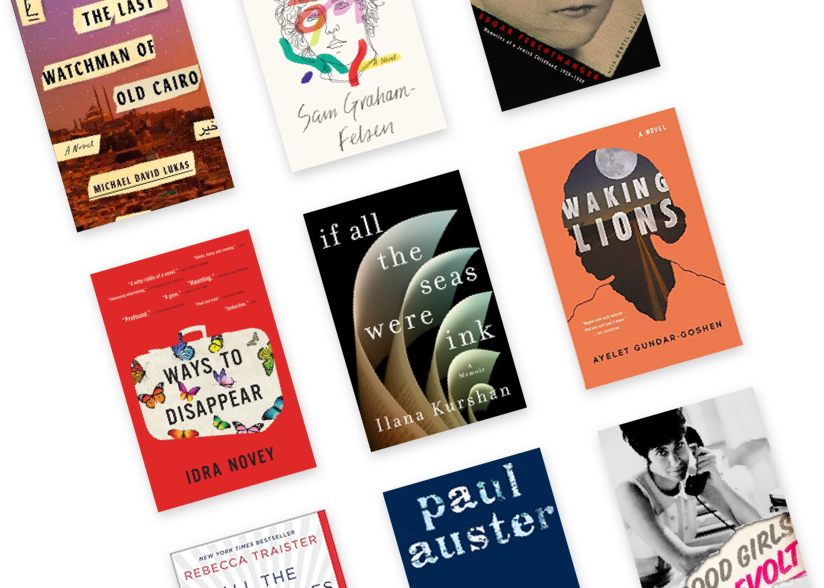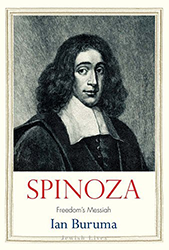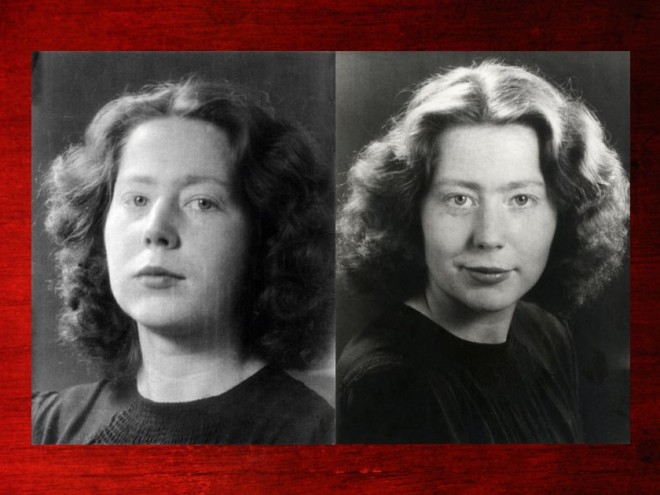The Book of Esther, with its dramatic narrative and distinct character types, makes ripe material for artists. Its themes of beauty and exoticism, peril and resilience, and festivity and bounty offer fertile visuals. The varied ways the Book of Esther has been interpreted by artists across different media also allows for an examination of the manifestations of one biblical story through a sociopolitical, religious, and cultural lens.
Queen Esther found an especially wide audience in seventeenth-century Holland, where an abundance of art featured her saga. The tale’s popularity can partly be attributed to the Dutch people’s identification with the Israelites of the Hebrew Bible. In their struggle for freedom from Spanish rule, the Dutch saw the Jewish experience in Persia as an apt allegory.
Rembrandt, the greatest artist of the Dutch Golden Age, is the anchor of this gorgeous book by Abigail Rapoport and Michele L. Frederick. The authors are both curators, and The Book of Esther in the Age of Rembrandt accompanies an exhibition of the same name that is currently at the Jewish Museum in New York and will subsequently travel to the North Carolina Museum of Art and the Isabella Stewart Gardner Museum. Paintings and works on paper by Rembrandt and his contemporaries are intriguingly discussed alongside decorative arts, Judaica, and theatrical plays inspired by the Esther story. Rembrandt painted more than one psychologically probing canvas of Haman’s recognition of his ignominious fate while his countryman Jan Steen depicted raucous scenes of Ahasuerus’ wrath.
Rapoport, Frederick, and contributing essayist Larry Silver don’t only describe how Dutch Christians related to Esther’s ancient tale. While Christians saw themselves as oppressed, Sephardic and Ashkenazic Jews were enjoying unprecedented although still relative freedom in Holland. Secretly celebrating Jewish holidays and performing rituals when living in Iberia, Dutch Jews could now more openly practice their faith. This tolerance allowed the wealthier Sephardim to commission ceremonial art. Scrolls for Purim celebrations combine secular imagery such as Dutch cityscapes with Esther’s story. Esther imagery could even be found on snuffboxes and cushion covers.
An unexpected image of Esther appears at the end of the volume. In 1992, African American artist Fred Wilson gave his ink on acetate print Queen Esther/Harriet Tubman to the museum in honor of its annual Purim ball. Wilson portrays two strong women who fought for their people by overlaying a sixteenth-century engraving of Esther with a photograph of Harriet Tubman, who, born into slavery, escaped to freedom and then risked her life to save others via the underground railroad. Dubbed the “Moses of her people,” Tubman serves as a fitting connection to the resilient Esther, who likewise risked her life for her people. By linking these two brave women, Wilson also alludes to a larger, shared history of Black and Jewish persecution. This fitting coda to a richly insightful book illustrated with a tremendous number of stunning objects demonstrates how the cultural significance of Esther’s story continues to resonate across borders and into the modern era.
Samantha Baskind is Distinguished Professor of Art History at Cleveland State University. She is the author or editor of six books on Jewish American art and culture, which address subjects ranging from fine art to film to comics and graphic novels. She served as editor for U.S. art for the 22-volume revised edition of the Encyclopaedia Judaica and is currently series editor of Dimyonot: Jews and the Cultural Imagination, published by Penn State University Press.





